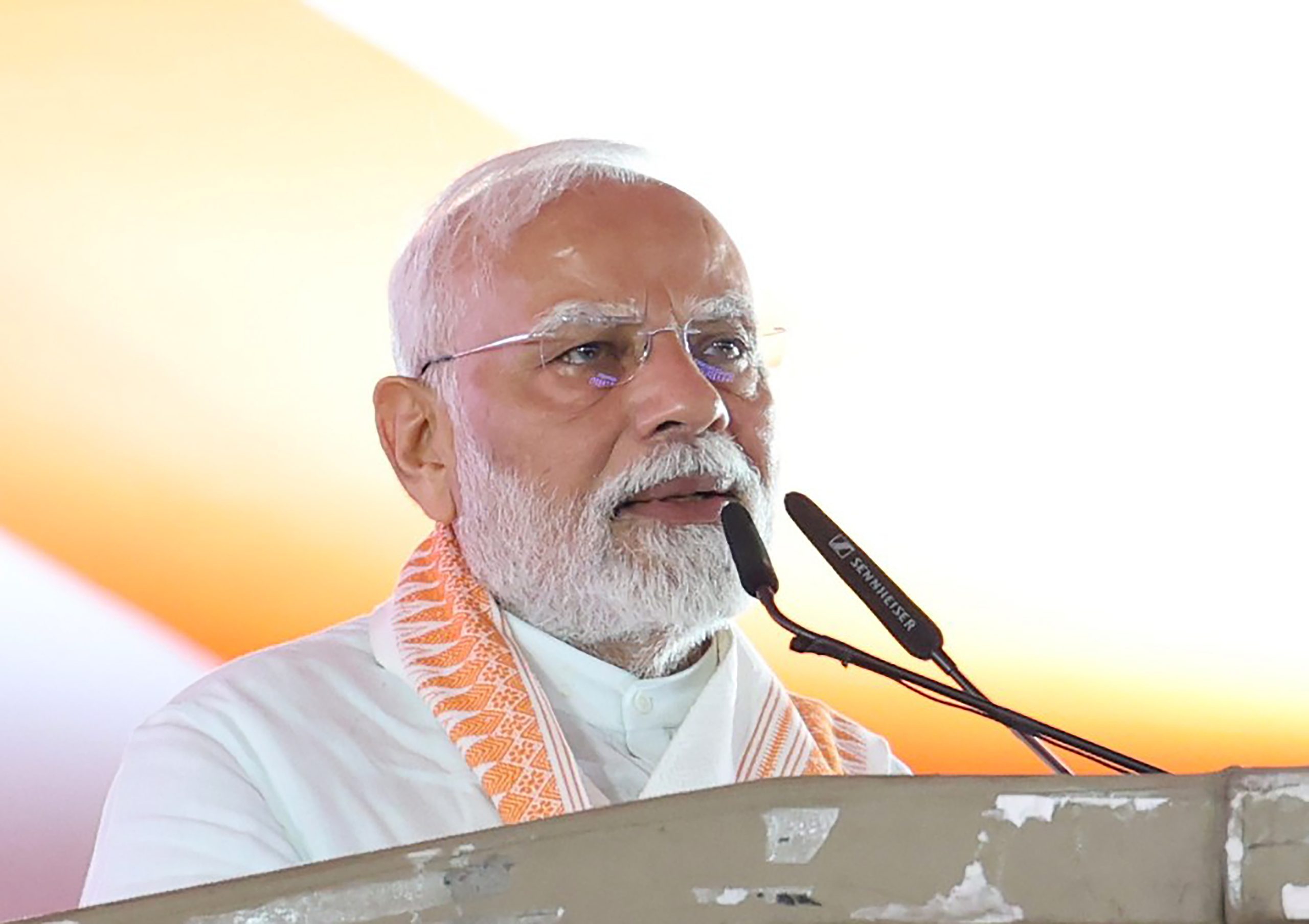Over the years, India’s defence and internal security posture has undergone a profound transformation. The shift has been marked by greater clarity of purpose, stronger deterrence, and a sustained drive for self-reliance.
Under Prime Minister Narendra Modi, India is now more confident, modern, and proactive approach to challenges, both external and internal. Unlike in the past, India has become a global force to reckon with, a nation that speaks on issues from a position of strength.
Strengthening Defence Capacity
India’s defence expenditure has steadily increased, rising from ₹2.53 lakh crore in 2013–14 to ₹6.81 lakh crore in 2025–26.
Lately, the focus has shifted from acquiring weapons to building domestic capacity. In 2024–25, defence production touched a record ₹1.50 lakh crore, more than three times the 2014–15 level.
Fighter jets, missile systems, artillery systems, warships, naval vessels, aircraft carriers and a lot more are now being made in India, underlining how strongly self-reliance and deterrence have become the cornerstone of national security.
Defence exports grew thirty-four times over the last decade, reaching ₹23,622 crore in 2024–25. Indian equipment is now exported to over 100 nations, including the United States, France, and Armenia.
Self-Reliance through Defence Acquisition & Indigenisation Reforms
In the last decade, India’s defence policy has been guided by the principle of Atmanirbharta (self-reliance). The government has pushed through structural reforms to reduce import dependence, boost indigenous production, and build a globally competitive defence ecosystem.
Responding to Cross-Border Terror
India has adopted a firm and clear approach towards cross-border terrorism. The pattern of action over the last decade reflects this policy. After the Uri attack in 2016, India carried out surgical strikes across the Line of Control. Following the Pulwama attack in 2019, India launched precision air strikes on a terrorist camp in Balakot.
The most recent and defining operation came in May 2025 with Operation Sindoor. In response to the killing of civilians in Pahalgam, India gave its armed forces full freedom of action. Using drones and precision munitions, they struck nine terrorist camps in Pakistan and Pakistan-occupied Jammu and Kashmir.
More than one hundred terrorists were eliminated, including individuals linked to the IC-814 hijacking and the Pulwama attack. Pakistan attempted retaliatory strikes through drones and missiles, but Indian counter-drone systems neutralised them.
In his Independence Day address of 2025, PM Modi described Operation Sindoor as “a new normal,” making it clear that India will respond with full force whenever terrorism threatens its citizens.
PM Modi’s Five ‘New Normals’ on Pakistan
PM Modi has repeatedly laid down clear boundaries in dealing with Pakistan. These five red lines now define India’s approach:
Firm response to terror attacks – Any attack on India will be met with a decisive reply.
No tolerance for nuclear blackmail – Nuclear threats will not prevent India from striking terrorist bases.
No distinction between terrorists and their sponsors – Both will be held equally accountable.
Terrorism first in any talks – Engagement with Pakistan, if it happens, will focus only on terrorism or Pakistan-occupied Kashmir.
Zero compromise on sovereignty – “Terror and talks cannot go together, terror and trade cannot go together, and blood and water cannot flow together.”
This tectonic shift reflects the deep resolve to see the country as Viksit Bharat in every sense in the years to come. It also reaffirms that this government does not merely believe in rhetoric but has done and is continuing to do what it takes to make India Viksit.














